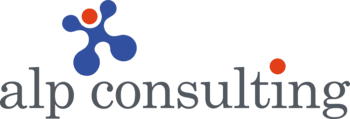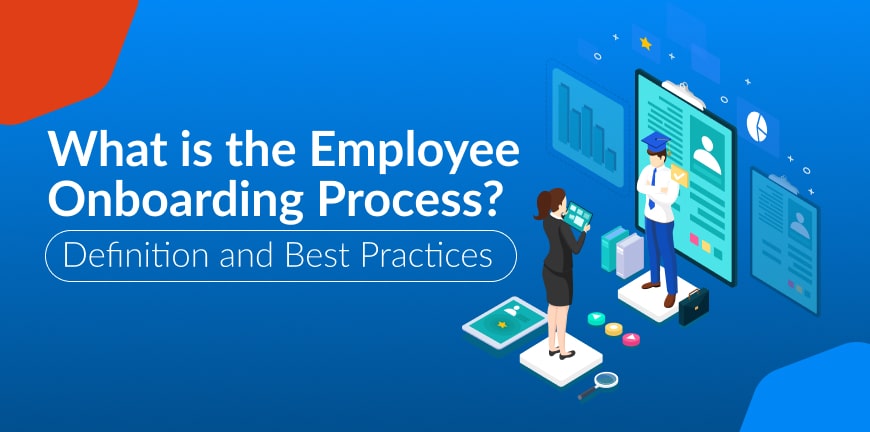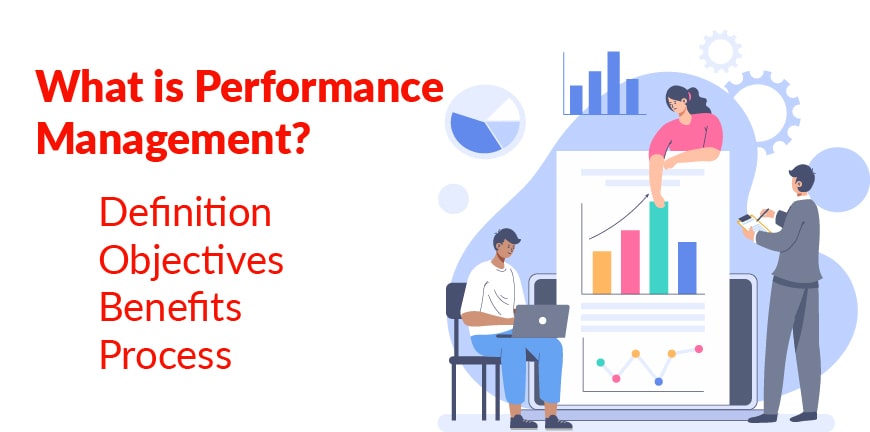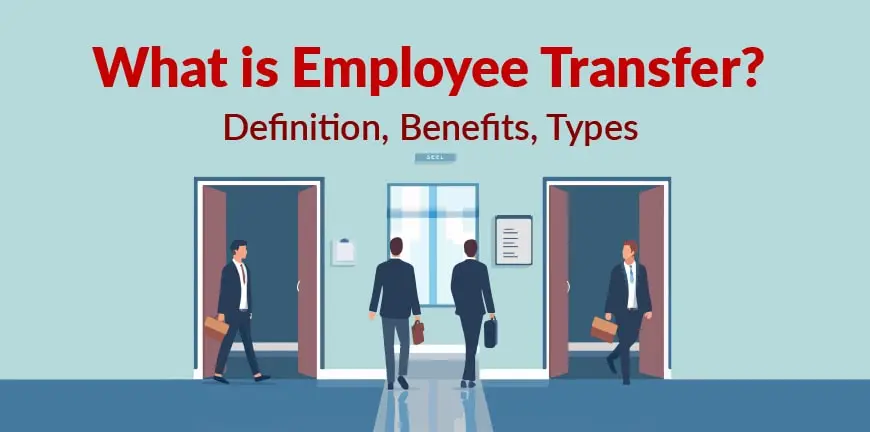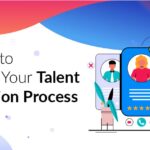
8 Steps to Improve Your Talent Acquisition Process
13/04/2025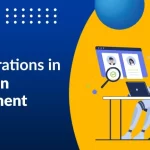
Ethical Considerations in AI-Driven Recruitment
14/04/2025An onboarding procedure is not just a routine check box you need to tick but presents the perfect opportunity to script a story for long-term success. An effective onboarding process is your chance to create the first positive impression and make the new employees realize they made the right choice by building early momentum and cultivating a long-lasting connection.
What is employee onboarding?
The employee onboarding process is the structured method of introducing new hires into a company enabling them to understand their roles, company culture and policies. The process ensures that the new hires feel welcome, motivated and empowered prepared to contribute effectively from the beginning.
What is the purpose of onboarding?
The primary purpose of the new employee onboarding process is to integrate new recruits smoothly into an organization, supporting them with the necessary knowledge, skills and behaviours. This process is to ensure that they become efficient and productive contributors enabling the company to move in the path of success.
Why is employee onboarding important?
Employee onboarding is vital to providing a positive and successful employee experience, helping new hires get accustomed to their roles, comprehend company culture and become effective contributors. This will lead to enhanced engagement, retention and overall organizational growth. Let us have a detailed look at the importance of employee onboarding:
1. Employee Engagement
A positive onboarding experience is typically a strategic investment in an organization’s future. It is crucial to make new hires feel welcome with enthusiasm and clarity. They are to be introduced to the company culture in such a manner that they get a sense of belonging. This will instantly make them feel valued and connected and drive them to be more engaged in their work, committed to their team and aligned with the company’s goal.
2. Faster Productivity
Conventionally it is thought that it could take a new employee weeks or months to get up to pace with a new role in a new organization. However, streamlined onboarding programs can radically reduce the time to productivity.
One of the most significant aspects is to be transparent in communicating the roles and responsibilities to the hire and explain what the company expects out of them and metrics for success, reporting lines and processes associated with the role. This will lead to the recruits understanding the position swiftly and being productive to the company very early.
3. Stronger Culture
Onboarding employee meaning is about the transformation of new hires from being an outsider to becoming an integral part of the company. This process becomes effective when the recruiter or hiring manager introduces and embeds the values, culture and mission of the company. The way way onboarding achieves this is by introducing and instilling the company’s values, mission, and culture from day one.
Once the employee understands the brand culture and values, they feel connected encouraging them to contribute with enthusiasm. After they feel aligned with a company’s mission and values, they will not only be more engaged but are likely to advocate for the brand and stick to the company long-term.
4. Job Satisfaction
A seamless and positive employee onboarding process does more than just integrate new hires and bring them up to speed but sets the stage for long-term job satisfaction and a true sense of fulfilment in their roles. When onboarding is thoughtfully structured and delivered a recruit feels supported, informed and connected from the get-go. The early assistance helps reduce confusion and nervousness allowing the individuals to focus on learning, contributing, and connecting.
5. Attracting Talent
A positive onboarding experience is not just advantageous for an employer or employee, but it reflects the company value and culture that is conveyed out to the world. In the competitive job market, it is very important to highlight your brand value.
New hires who feel supported and happy about their initial experience often enthusiastically promote the brand. They share feedback and reviews on social media and other platforms. This helps in attracting top talent from a diverse talent pool across sectors.
What are the benefits of using employee onboarding automation?
The employee onboarding HR workflow gets enhanced when it is automated as it streamlines the procedures and accelerates efficiency. Let us check out the advantages:
1. Increased Efficiency
In today’s fast-moving work environment, automation is revolutionizing HR operations and onboarding is one of the areas which is impacted the most. By automating time-consuming tasks like data entry, document collection, etc, HR teams can shift their focus from administrative work to more strategic, people-centric initiatives.
2. Reduced Costs
By automating processes businesses can streamline their onboarding workflows, which traditionally require significant manual effort from HR teams and other staff members. The process results in translating into cost savings by reducing labor costs and diminishing turnover due to erratic onboarding experiences.
3. Data Accuracy
Automated processes can reduce the occurrence of human error in data entry which is crucial while handling sensitive employee information, financial records, etc. Manual systems are more likely prone to errors like typos, and misclassifications that can be detrimental to the onboarding process.
4. Scalable Processes
Organizations can easily and efficiently scale their onboarding procedure with automated onboarding efficiently regardless of size, geography or recruitment volume. Companies that are fast expanding with multiple offices might experience inconsistency if they try to manually manage onboarding.
5. Data Insights
Automated onboarding offers HR professionals sturdy data analytics and tracking capabilities enabling them with real-time insights into the onboarding activities. The system monitors the processes of individual new hires, investigates their progress, identifies bottlenecks, and measures effectiveness by collecting and analyzing data at every step of the onboarding procedure.
What are the Best Practices for Employee Onboarding?
Onboarding is the first stage where a new hire is introduced to a company so it should be effectively and efficiently facilitated. Here are a few employees onboarding best practices:
1. Pre-Onboarding
New hires must be well-informed and are kept engaged from the time they accept the offer. They can be updated with welcome emails, and updates on their first-day plans, etc. To make the new hire feel valued and get prepared for their new experience you can present them with a welcome kit or package.
2. Initial Onboarding
To make the employee onboarding process a success there are certain steps that need to be performed seamlessly. You as a hiring manager need to ensure that the new workspace of the new hire is ready with the necessary equipment, software access and a pleasant environment. A comprehensive agenda should be designed for day 1, meetings, introductions and paperwork to be completed.
3. Team Introduction
The introduction of the new hire to their team members and other key stakeholders is a very significant stage as it is the stepping stone for fostering connections and building relationships. Partnering the new hire with a buddy or mentor is another way you can enhance the process as the mentor can guide, answer queries and help the new person with navigating the company culture. Another important step is to get all the necessary paperwork completed promptly.
4. Set Goals
It is imperative to set clear and attainable goals for the recruit’s first few months. The goals should align with their role and responsibilities. The initial goals are like a roadmap that will enable new employees to decipher what is expected of them and how their contributions will impact the team and organization. Focusing on the 4 Cs is another crucial practice ensuring that the onboarding adheres to compliance, clarification, culture and connection.
5. Integrating Process:
To ensure a smooth transition of the new employee to the system, regularly check in with them to assess their progress, address any concerns and offer continuous support. Providing necessary training like technical skills and company procedures to ensure the new hire performs effectively. HR professionals must create a space where the new employees feel free to ask any questions and seek clarity. Finally make the new employee aware of the organization’s values, mission, and culture.
What are the Challenges in Employee Onboarding?
Let us have a look at some of the employee onboarding challenges:
1. Excess Information
Sometimes it can be overwhelming for new employees to be vested upon by large volumes of information making it difficult for them to retain the significant ones.
2. Unclear Roles
The lack of clarity while mentioning the roles and responsibilities to a new employee might lead to them not comprehending their responsibilities and performance expectations.
3. Ineffective Engagement
A dearth of communication and engagement can make new hires feel disconnected, discouraged and unsupported impeding their intent and ability to blend into the team and company culture.
4. Inadequate Training
Lack of ongoing support and training can make new hires feel unconfident and unprepared hindering their performance and growth.
5. Paperwork Overload
New hires can get frustrated on their first day if they are dumped with excessive paperwork and administrative tasks. The paperwork can be time-consuming as well.
Frequently Asked Questions (FAQs)
1. What is the Employee Onboarding Workflow?
An employee onboarding workflow is a structured process designed to introduce new employees to an organization, ensuring they are aware of and understand their roles, company culture and policies.
2. What is the Duration of employee onboarding?
The duration of employee onboarding may vary; however, a comprehensive procedure could span several months as the hiring team wants to ensure that new hires feel welcome and productive.
3. What is onboarding in HR?
The HR onboarding process is the integration of new hires into an organization in a structured manner helping them navigate their roles, workplace culture and company policies.
4. What is an employee onboarding checklist?
An employee onboarding checklist is a list of tasks and activities drafted for the smooth transitioning and integration of new hires into an organization ensuring a positive and constructive beginning.
5. What is an employee onboarding process template?
An employee onboarding process template is a structured guideline highlighting the significant steps and tasks required to integrate a new employee into a company ensuring a seamless and effective transition.
Contact Us For Business Enquiry

Rajkumar Shanmugam
Rajkumar Shanmugam is the Head of HR at ALP Consulting, bringing over 19 years of comprehensive HR leadership experience across India and international markets. His expertise spans talent acquisition, employee relations, performance management, compliance, and HR transformation. Rajkumar has a proven track record of driving people-centric initiatives, enhancing workplace culture, and aligning HR strategy with business goals. With extensive experience in US staffing operations and global mobility, he continues to lead organizational excellence through innovation and employee engagement.
